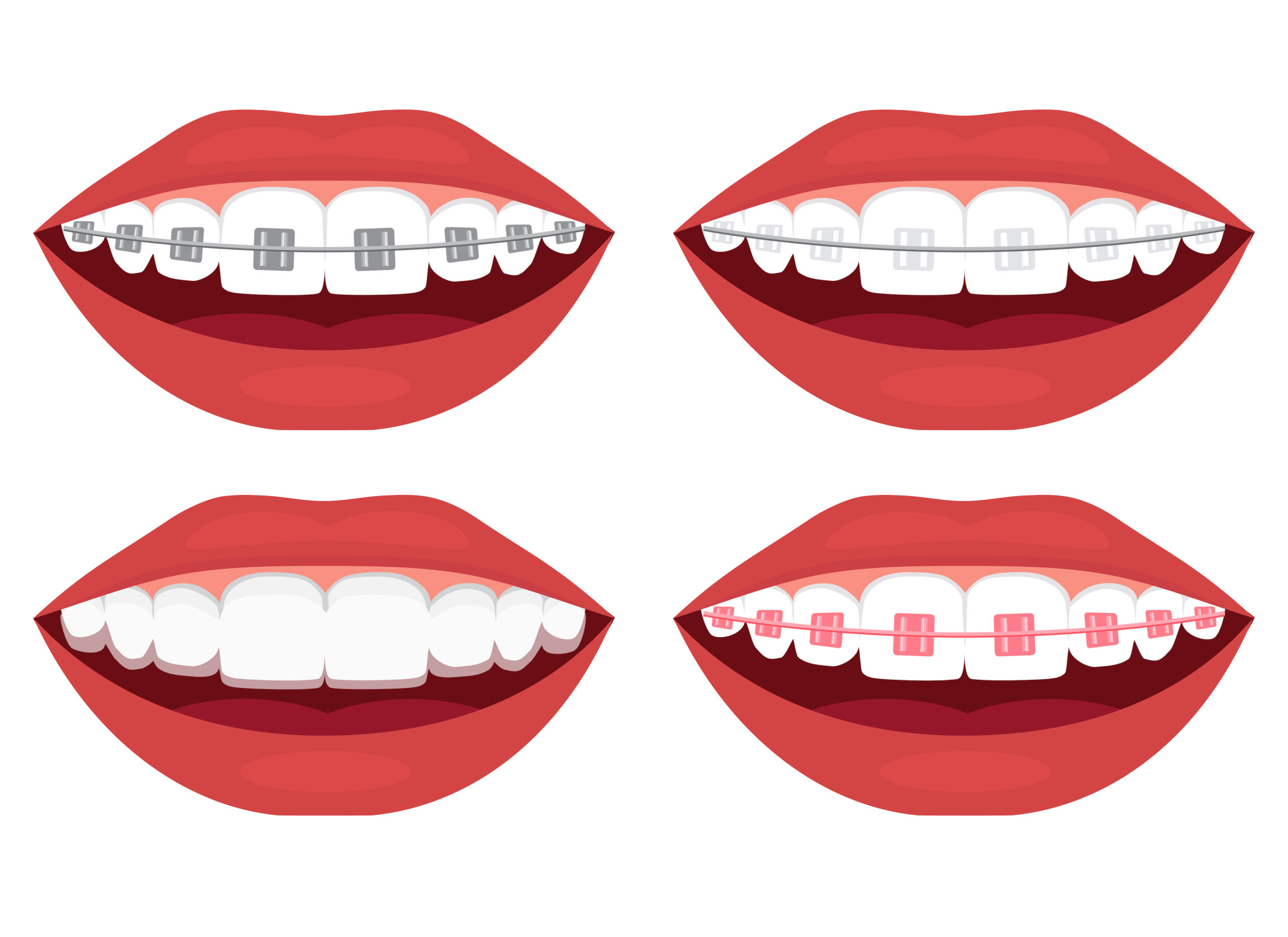Orthodontic Problems and Emergencies

Valderrama Orthodontics will provide priority scheduling for you during an orthodontic emergency. We even provide an after-hours number that you can call in case you need emergency treatment right away or on the weekend.
- Regular Office Hours: 321.425.5050
- After Hours: 321.544.4127
The next question is: What really constitutes an orthodontic emergency? Here is a closer look at some of the most common problems that we see at our Suntree, Viera, and Rockledge orthodontic practices.
Minor Orthodontic Problems
Real emergency orthodontic problems are not common, but they do happen. A lot of times, a consultation with Dr. V. on the phone can provide you with enough information for at-home treatment until an appointment can be scheduled the following week. You may have to put up with a little discomfort over a weekend, because the problem you’re experiencing is not serious enough to be considered an emergency.
Here are some orthodontic problems that might be considered minor:
- Broken or loose wires or brackets on braces.
- Wires poking the insides of the cheeks or mouth.
- Discomfort from an orthodontic appliance or braces.
- Losing your clear Invisalign aligners.
These are problems that can be fixed with a quick visit to Valderrama Orthodontics. These are not “end of the world” scenarios that require you to rush in for emergency treatment, and you can wait up to a couple of days to correct them. These are just general guidelines, however. You should still call our after hours number for a quick consult to determine the best course of action.
Orthodontic Emergencies That Require Immediate Attention
A true emergency will be much more serious and requires quick action to prevent further injury or damage. Here are some emergency situations in which you will want to come in for a special appointment with Dr. Valderrama.
- Oral infection, which causes the face or mouth to swell.
- Injury or trauma to the teeth, face or orthodontic appliances like braces.
- Severe pain in the mouth, teeth, or face.
A lot of times these constitute real oral emergencies that should be treated as quickly as possible. Sometimes an injury can be so severe that it needs professional treatment above and beyond what our clinic can provide. This is why you should call us immediately in the event of an emergency.
Orthodontic Problems with Braces
Since braces are the most common treatment an orthodontist provides, most minor problems or emergencies will involve those. Braces can be damaged by hard foods, chewing on hard objects like pens or pencils, or facial trauma. While the damage might not constitute a full emergency, it should still be looked at within a day or two.
If you experience any of the following problems, you should call our office for an assessment and to schedule a quick appointment.
Loose Brackets
Brackets are the metal appliances that are secured to the front of the teeth using an adhesive. These can shift or come loose sometimes. If the bracket and wire are both moving, it could mean that the adhesive did not cure properly. If the bracket falls or rotates around the archwire, you can move back to roughly the correct position; use some wax to hold it in place. Dr. V. will reattach the bracket during an appointment.
Broken Wires
This is one of the most common minor problems that we see with braces. If your archwire breaks for any reason, it will likely cause some discomfort, soreness, or irritation inside the cheek. You or a parent can try to bend the wire into a more comfortable position with a pair of tweezers or a pencil eraser. This doesn’t completely fix the problem, but it will make it less uncomfortable until you can come in to have the wire replaced.
Loose Bands
A loose band might not cause any discomfort at all, but you will notice it when caring for your braces. It’s important that a loose band be reattached soon. If a band remains loose for too many days, it can cause discoloration on the tooth.
Call Us for Minor or Emergency Treatment
Most of the time, a quick and affordable orthodontist visit is all that’s needed to correct a problem. Whether you have a true emergency or a minor problem, contact us for a quick consultation and we’ll let you know the best way to proceed!











Let's Get Social